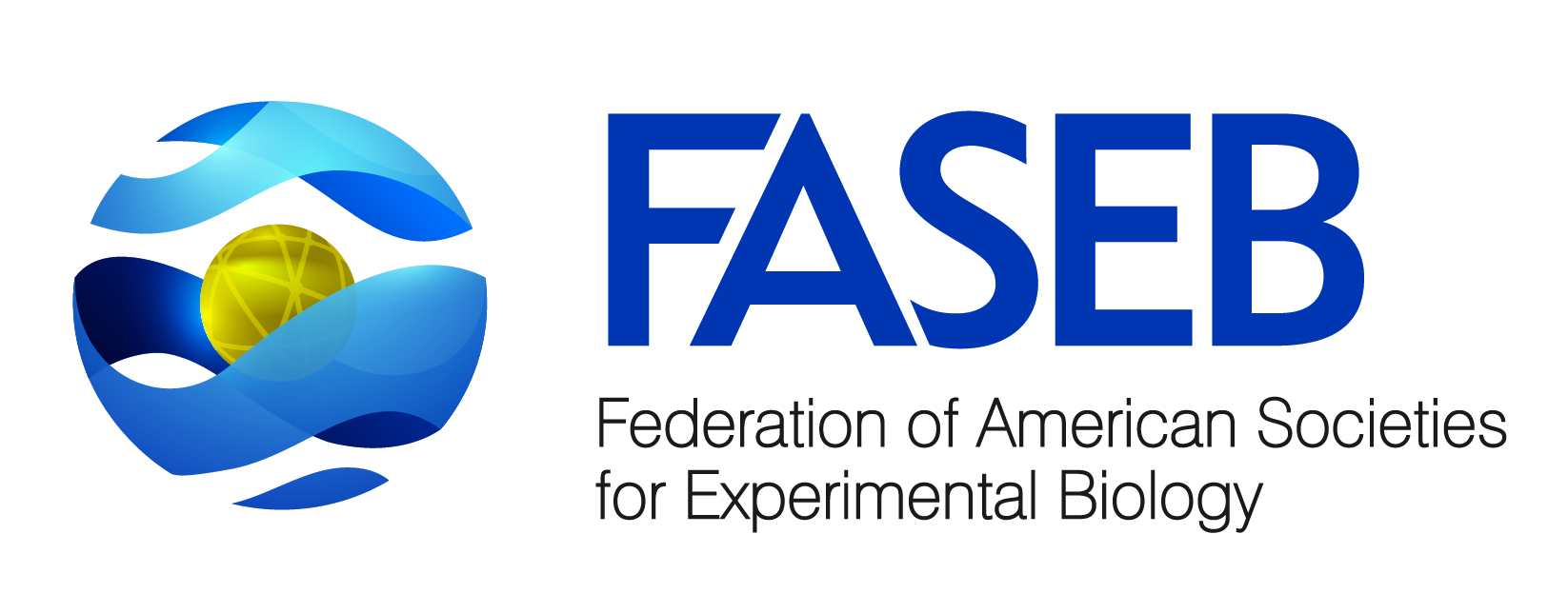Newswise — Bone mineral density, an indicator of bone strength, typically increases with regular exercise, acting as a protective mechanism against bone fractures and osteoporosis. But a new study suggests that the extended, high-intensity training sessions of elite athletes could reverse beneficial bone changes. Researchers from Brock University in Canada will present their findings today at the American Physiological Society (APS) annual meeting at Experimental Biology 2017 in Chicago.
For nine months, researchers monitored changes in osteoprotegerin (OPG, a protein that stops bone mineral loss) and sclerostin (SOST, a protein that inhibits new bone formation) levels in female rowers training for the 2016 Olympic Games. The research team chose this group of athletes because they often have a “high incidence of stress fractures and are at risk of [bone mineral density] loss,” wrote Nigel Kurgan, first author of the study.
The rowers’ training volume varied but averaged 1,086 minutes per week (about 18 hours). OPG—measured through blood samples—significantly decreased during this time, suggesting that the athletes were at risk for bone loss. SOST levels fluctuated, with the highest levels corresponding with the highest training volume and the lowest occurring when training volume was lower. Inflammation in the body also increased with more training and is thought to increase the expression of SOST, Kurgan noted.
The researchers assessed bone mineral density through dual X-ray absorptiometry imaging before and after the trial period and found no change. Although bone strength remained steady, the fact that OPG and SOST expression changed significantly during heavy training may serve as a warning that “very intense training without adequate recovery period may lead to increased inflammation and subsequent bone resorption (loss),” Kurgan wrote.
Nigel Kurgan, a graduate student at Brock University, will present “Changes in osteoprotegerin and sclerostin across a training season in Olympic female rowers” in a poster session on Tuesday, April 25, from 12:45 to 3 p.m. CDT in Hall F of the McCormick Place Convention Center.
NOTE TO JOURNALISTS: To schedule an interview with a member of the research team, please contact the APS Communications Office or 301-634-7209. Find more research highlights in the APS Press Room.
About Experimental Biology 2017
Experimental Biology is an annual meeting comprised of more than 14,000 scientists and exhibitors from six sponsoring societies and multiple guest societies. With a mission to share the newest scientific concepts and research findings shaping clinical advances, the meeting offers an unparalleled opportunity for exchange among scientists from across the United States and the world who represent dozens of scientific areas, from laboratory to translational to clinical research. www.experimentalbiology.org
About the American Physiological Society (APS)
Physiology is the study of how molecules, cells, tissues and organs function in health and disease. Established in 1887, the American Physiological Society (APS) was the first U.S. society in the biomedical sciences field. The Society represents more than 10,500 members and publishes 15 peer-reviewed journals with a worldwide readership.
MEDIA CONTACT
Register for reporter access to contact detailsCITATIONS
Experimental Biology 2017 meeting
